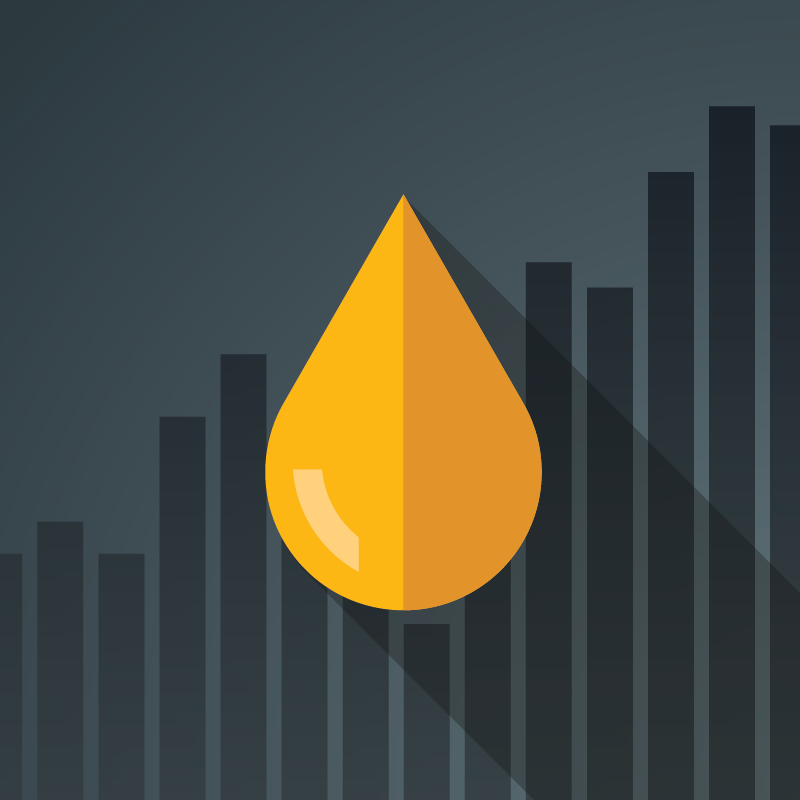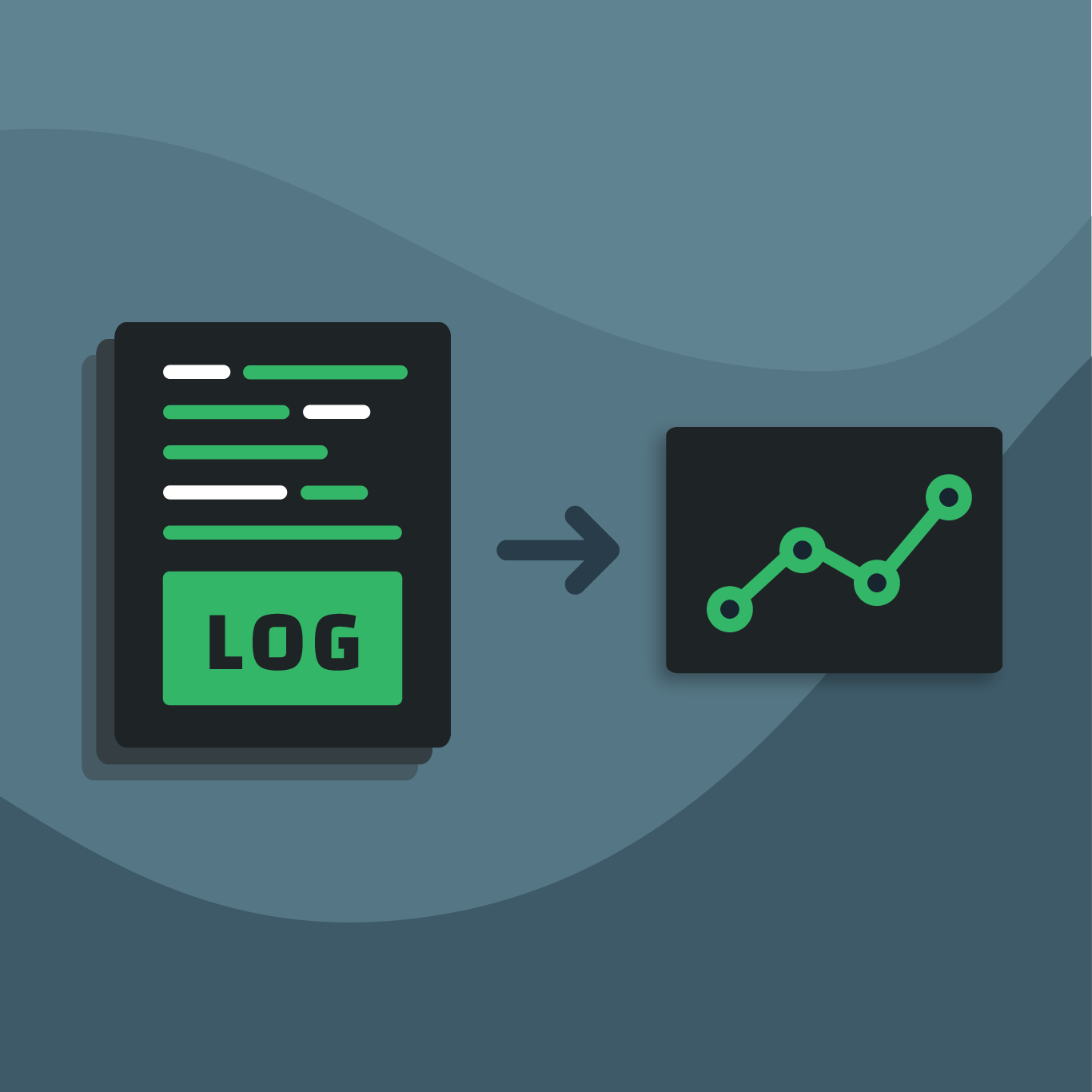At Circonus, we love demanding and challenging use cases. We love working with companies in industries where getting it right is mission critical. Where the ability to harness and analyze vast amounts of data in real-time is critical to success and where good enough just isn’t good enough. There is perhaps no better example than the oil and gas industry where the industrial era is entering the digital era unleashing both challenges and enormous opportunities.
The Energy Information Administration projects that fossil fuels will still supply 70% of the world’s primary energy demand in 2050 — and overall energy demand is expected to increase by 50% by that time. Oil and gas operators and service companies are under enormous pressure to maximize yield from well investments to meet this increasing demand. The industry has been relentless and innovative in its quest to maximize production but even with advances in techniques, like horizontal well drilling and hydraulic fracturing, operators still only manage to capture about 10% of the potential product from the ground. The use of specialty chemicals can help improve yield to a certain extent but the vast majority of the product is left unexploited.
And so the industry has been forced to drill even more wells in order to meet demand. This results in tighter well spacing which brings its own set of challenges including poor completion efficiency, parent-child well interference, and frac hits. Frac hits occur when the hydraulic pressure applied in a child well impacts the operations of the parent well. They can be very expensive in terms of damages to production tubing, casing, and well heads (as well as the associated remediation costs) but they can also result in a substantial reduction in parent well production causing economic losses in the millions of dollars.
So if the limits of mechanical and chemical capabilities to produce results are being reached and there is a finite amount of product in the ground to be captured, where does that leave the industry? Enter the industrial internet of things (IIoT) and the application of machine data intelligence.
The Digital Oil and Gas Enterprise
The times are changing. As the cost of computerization has continued to plummet, the use of sensors has proliferated dramatically. This is particularly true of the oil and gas industry where a modern day platform can have some 10,000 sensors emitting sub-second information. Every aspect of production can now be monitored and measured: every platform, every well, every wellhead, every segment. Opportunity abounds. That data could be used for optimizing operations, predictive maintenance, compliance with insurance programs, and even to enhance worker safety.
Remarkably however, it is estimated that oil and gas companies use only about two percent of the data they generate. In fact, Cisco estimates that a single oil rig can generate over 1TB of data on a daily basis but less than one percent of that data is used for decision making. To be sure there are challenges including network constraints, latency, and downtime. Platforms and wells are in notoriously rugged locations where transmission of the data can be incredibly difficult. Having said that, imagine the value and insights that could be gleaned if companies could harness not just some but all of their data.
High Frequency Analytics – A Force Multiplier
If you are an operator or a service provider in the industry there is good news. The technology to harness the ocean of machine data being generated by your sensors and devices has also evolved. New machine data analytics platforms are now capable of ingesting and analyzing trillions of measurements a second in real-time across billions of individual metric streams. More than what is needed to capture and analyze all of your data to drive better decision making and optimize well production. Even the technology to collect and ingest data from remote locations has evolved to overcome network and latency challenges.
For those who are willing to try new technology and new ways of working, high frequency analytics can be a source of invaluable competitive advantage. Data and samples can be collected and analyzed on site and in real time to optimize completion design, measure and fine tune fracking recipes, and track fracture growth rates and fracture driven interactions. Well interference can be managed while maximizing the density of well spacing and minimizing the risk of damage from frac hits. Data scientists can use real-time data and incredibly fine grain measurements to build more effective models as opposed to running simulations. And all parties can be working with, sharing, and taking action on the same data. The result is unprecedented visibility and clarity into well operations, efficiency, and effectiveness.
Every percentage point increase in well production is incredibly valuable. Combined with the latest advances in drilling techniques, high frequency analytics and machine data intelligence can be a force multiplier in the field – maximizing production while simultaneously monitoring for and avoiding dangerous and expensive frac hits.
Industrial era, say hello to the digital era.



